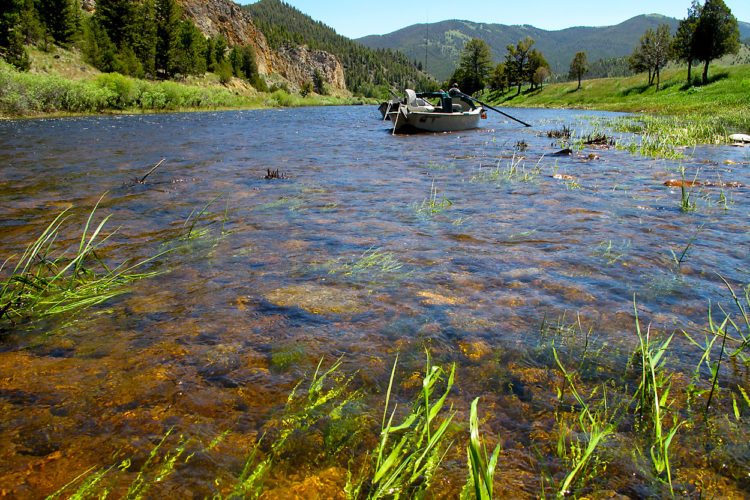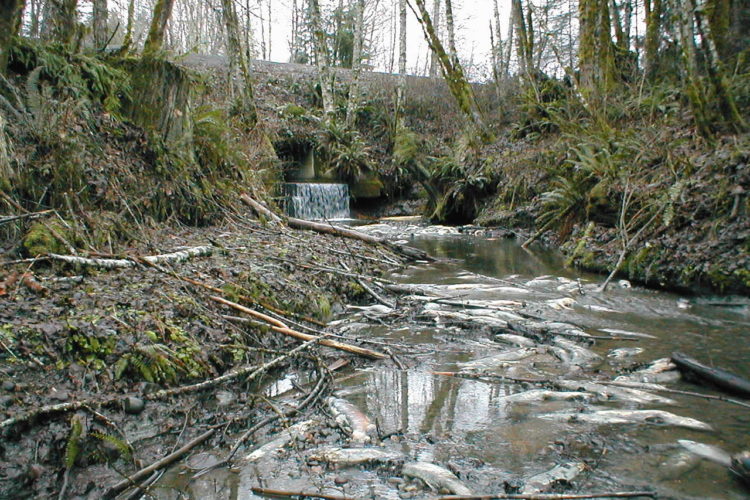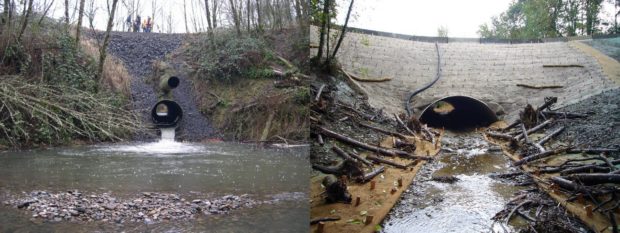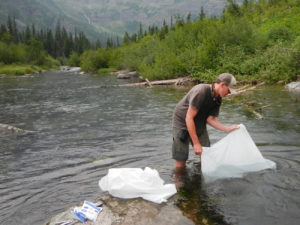We have much more to do and your continued support is needed now more than ever.
Cold-water Fish: our Contemporary “Canary in the Coal Mine”

In just the decade since the National Wildlife Federation released the report Fish Out of Water, the region’s cold-water fish have experienced extreme conditions that reflect what is likely to become more the norm as the climate continues to change. For example, in 2015, too-warm waters in the Columbia River and its tributaries killed hundreds of thousands of sockeye salmon returning from the ocean to spawn. That same year, Oregon officials placed unprecedented restrictions on fishing for trout, salmon, steelhead and sturgeon to limit stress to the fish due to low river flows and high water temperatures in most of the state’s rivers.

A recent study by the Montana Wildlife Federation noted that a combination of low flows and high temperatures have led to fishery restrictions and closures in parts of the state in eight of the past twelve years. Conversely, major flooding events in 2007 and 2009 scoured spawning grounds and led to a loss of juvenile fish survival throughout much of western Washington.
Historically, salmonids have demonstrated a high degree of adaptability, such as by adjusting timing of life cycle events and shifting their ranges, which has enabled them to persist in the region for millennia. However, key questions remain as to whether current populations will continue to be resilient given the rapid rate at which climate change is now occurring along with the many other anthropogenic stressors they face.

We need to heed the latest warning signs and develop management strategies that address the conservation challenges that we face in the context of climate change – a strategy called climate change adaptation. As highlighted in the collaborative guidance Climate-Smart Conservation, this means building on our conservation efforts, mindful of the following principles:
Link our management actions to climate change impacts. While habitat restoration, fishing regulations, and other strategies will remain important for effective fisheries management, making such actions “climate smart” may require a change in when, where, how, and why they are deployed. As one example, planning for more-extreme flooding events will necessitate redesigning or replacing existing fish passage infrastructure to accommodate projected changes rather than historical conditions. The State of Washington, for instance, has been working with regional climate scientists to incorporate climate change projections into their fish passage and other stream restoration efforts.

Consider the implications of climate change for our conservation goals, not just the strategies to achieve them. Unfortunately, given the scope and magnitude of climate impacts, many current fishery management goals may no longer be achievable. For example, it is likely to be an uphill battle to continue to maintain certain species in their historical range as conditions become unfavorable. This may necessitate striking a balance between our traditional aspirations and the emerging realities that are shaping what can be regarded as achievable future conditions. Communication and collaboration will be paramount as scientists and managers navigate complex decisions and determine conservation goals.
Integrate climate change adaptation into our ongoing work. Ultimately, responding to the challenges of climate change will be most successful if climate considerations become a routine element of our fish conservation efforts. For example, state fish and wildlife agencies across the country have incorporated climate change into their updated state wildlife action plans. And federal agencies such as the U.S. Fish and Wildlife Service, the National Park Service, and the National Oceanic and Atmospheric Administration are taking on the challenge by building partnerships with diverse stakeholders and investing in science and management capacity.

Manage for change, not just persistence. We need to learn how to respond to and manage inevitable changes, rather than assume they can be forever resisted. At Glacier National Park, for example, park managers have moved bull trout from their native stream habitats into new areas of the park where waters are expected to remain cold enough to support the fish in the future. In a sense, this action is managing for persistence of bull trout at a broad scale – but it also recognizes that active management is necessary to facilitate a shift in the species’ range to areas where habitat conditions are more likely to be favorable.
The National Wildlife Federation and our affiliates are dedicated to working with these and other entities to ensure that cold-water fish and other wildlife will be able to thrive in a rapidly changing world. Join us today!
Join NWF



















